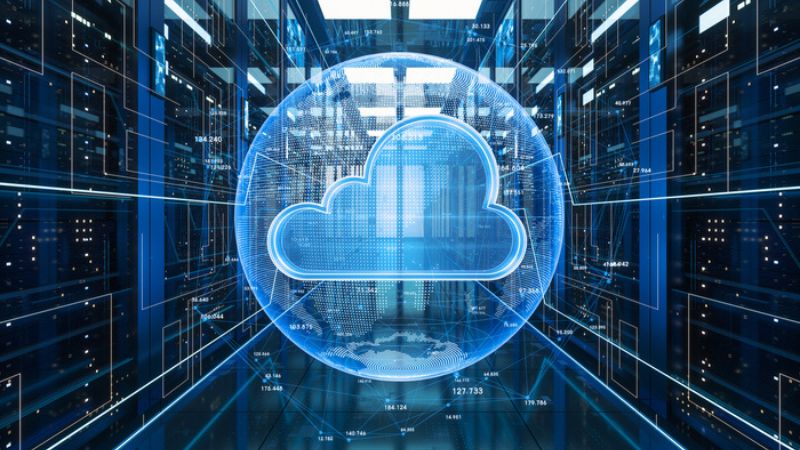Companies are faced with many critical decisions regarding their IT infrastructure. These crossroads come in the wake of considerable investment in hardware, software and applications that have served them well over the years, particularly with regard to IBM Power Systems 6, 7, and 8.
Many of these systems are end-of-service, posing a security risk, and are costly and inconvenient to operate. These systems may no longer meet requirements as businesses grow and their operational needs increase.
Understanding the Limitations of End-of-Life (EOL) Systems
Now important questions arise: Can aging equipment keep pace with the increasing operational demands of a data-driven business? Is the technology currently in place reliable, secure, sufficiently up-to-date, and able to handle more pressing and challenging needs?
Are IT managers certain that systems can recover from disruption or downtime due to infiltration or an operational malfunction? In short, is it a wise business decision to continue to run end-of-life (EOL) systems?
With performance issues, increased cybersecurity threats, and declining reliability, now is the time to invest the money and resources to transition away from end-of-life systems. Ease the transition from aging systems and gain the security and lifecycle management benefits of migrating to state-of-the-art cloud-based services.
Embracing Cloud Strategies for Enhanced Operations
The cloud offers alternatives, and cloud strategies can yield immeasurable benefits over relying on a patchwork of legacy systems and EOL equipment.
This is especially the case for IBM Power systems. Rather than struggle to maintain an outdated EOL system and the associated risks, cloud computing opens up a new way of managing complex IT operations.
Partnering with an experienced cloud services provider, such as CloudFirst, can make the process seamless, less cumbersome, and cost-effective. Let’s look at why opting for cloud migration translates to a great digital leap forward for your business.
The Benefits of Migrating IBM Power Systems to the Cloud
First and foremost, since systems run on the cloud provider’s infrastructure, it not only means you don’t have to manage, oversee and maintain servers; the cloud hosted systems are fully scalable.
As your business grows and your needs change, so, too, do your offsite workload capabilities.
You only need to focus on the applications that you rely on daily. In addition, you only pay for the capabilities you need; when your work requirements demand added hardware and resources, your cloud provider can accommodate your needs quickly and seamlessly.
Another benefit of migrating your IBM Power systems to the cloud is that your local data center costs will drop dramatically. There’s no more need for tape backups, with ezVault and ezVTL backup options from CloudFirst, Disaster Recovery is included with every hosted system.
And if you require a more robust solution with fast recovery times, several fully managed High Availability options are available. Workloads are safer, more secure, and available when needed.
Other benefits of transitioning from EOL systems to the cloud include lower personnel and consulting costs, as you’ll require fewer people onsite to monitor your IBM Power systems, those employees will be able to focus on their primary roles within the company. Further, migrating workloads to the cloud makes sense now more than ever in the growth of work from home.
With more employees working remotely, providing access for remote employees is easier; all it takes is an Internet connection. There’s no need to provide an MPLS spoke and hub network, ethernet, or other dedicated lines for connectivity.
Shifting from Capital Expenses to Operating Expenses with Cloud Services
Cloud also allows companies to shift costs from a capital expense to an operating expense, and there is no sales tax on cloud services. There is no longer a need to negotiate with vendors or invest in expensive new equipment when it is time for an upgrade. Your systems are hosted offsite with the cloud services provider.
Lastly, when it’s time for maintenance, running business applications in the cloud makes it much easier. Your services provider handles all hardware maintenance and keeps the systems running and up to date. During hardware upgrades, the provider can switch partitions to another machine during the hardware upgrade.
Prior to making the decision to transition off EOL systems, it’s essential to do your homework. Search for an experienced cloud services provider with a strong track record guiding businesses of all sizes and complexions from EOL systems to the cloud. The provider should explain the benefits of migrating to the cloud, provide a step-by-step process, and work with you every step of the way.
CloudFirst: Your Trusted Partner in IT Infrastructure Modernization
Speak with a CloudFirst representative. He or she can provide additional details about the importance of IT modernization and transitioning from end-of-life systems to the cloud.
CloudFirst will walk you through the process and demonstrate how partnering with an experienced cloud services provider will make a tremendous difference to your business today and down the road.


